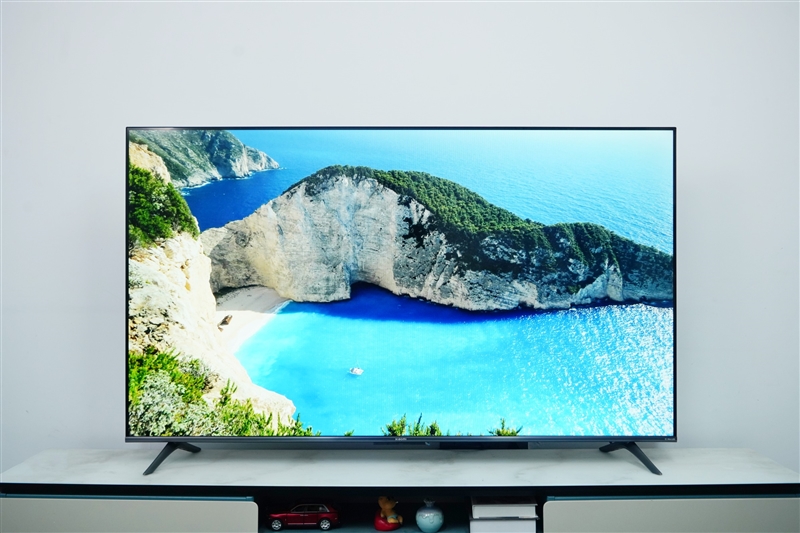If you want to build a home theater with a limited budget, how should you choose a TV? LCD TVs cannot achieve too many backlight partitions, and the peak brightness cannot exceed 1000 units. Although OLED is good, its price is a fatal flaw. At the same time, due to the risk of screen burn-in, OLED TVs usually cannot achieve too high brightness. In contrast, a Xiaomi Mini LED TV can be said to be the best choice. In October 2023, Xiaomi TV S Pro Mini LED was launched, reducing the price of a 65-inch high-end Mini LED TV to less than 5,000 yuan for the first time. This is not enough. Now Xiaomi TV S Mini LED is here. The 65-inch version is priced at only 3,499 yuan. This is the lowest-priced 65-inch Mini LED TV from a first-tier brand.
First, let’s briefly discuss the difference between Mini LED and LCD TVs.
LCD TVs generally have strip or checkerboard backlights, and there are usually only a few dozen backlight partitions. LED TVs can integrate hundreds of lamp beads. If one area has 4 lamps, it can have almost 200 backlight zones. Of course, if the cost is not considered, more than 600 backlight partitions can be achieved, but the price is no longer acceptable to the public.
Mini LED TVs use “sub-millimeter light-emitting diodes”. The size of their lamp beads is only 1/40 of traditional LEDs. Therefore, it can easily integrate thousands or even tens of thousands of LED lamp beads, which can easily break through the traditional LCD/LED TV. The bottleneck is the number and brightness of partitioned backlights. Only with a high enough brightness and several partitioned backlights can you experience perfect HDR image quality.
As shown in the picture above, due to the insufficient number of backlight partitions, traditional TVs will produce halos when displaying bright HDR images. Mini LED has extremely small lamp beads and more partitioned backlights, so it can achieve higher contrast and effectively suppress the halo phenomenon.
Now back to the Xiaomi TV S Mini LED. This TV is available in 4 models of 55/65/75/85 inches. The number of backlight partitions is 308/392/512/640 respectively. It has 94% of the DCI-P3 color gamut. Peak The brightness is 1200nit, and the price is 2799/3499/4599/5999 yuan.
In terms of other configurations, it has an MT9653 quad-core A73 processor, 4GB+64GB storage, supports Wi-Fi 6, is equipped with 2 HDMI 2.1 interfaces, supports 144Hz high refresh rate, and has no shortcomings.
Design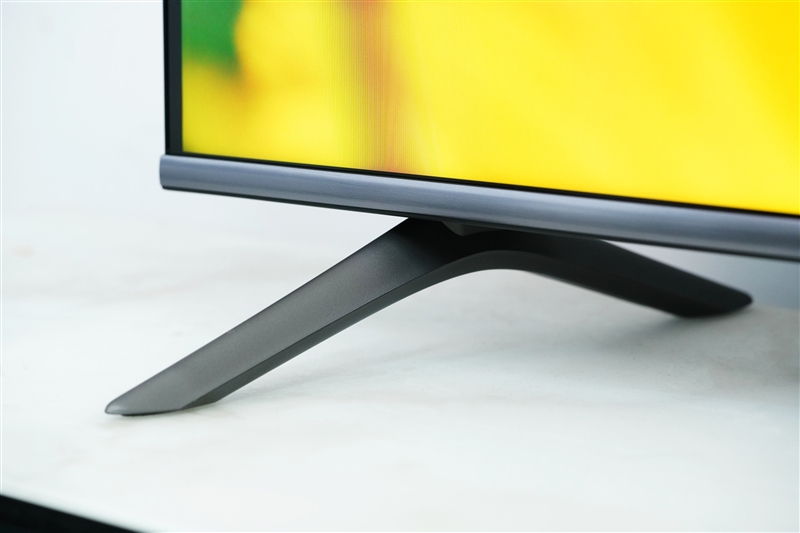
Xiaomi TV S65 Mini LED adopts a four-sided narrow bezel full-screen design, with the Xiaomi logo in the middle and lower position. The size of the TV is 144.6×89.3*31cm (including base) and the weight is 18.5kg.
Designed with narrow borders on four sides, the border is about 1cm. There is a Mini LED logo on the lower right. There is a school bag design on the back, which makes it easy to stick it flat against the wall when hanging on the wall.
Since it uses a direct backlight, it cannot be made too thin. The thickest part of the lower part is about 8cm, but the S65 Mini LED has a curved design. When viewed from the front, it still feels very thin behind the TV. The I/O interface is on the left, and each interface is labeled. From top to bottom, they are: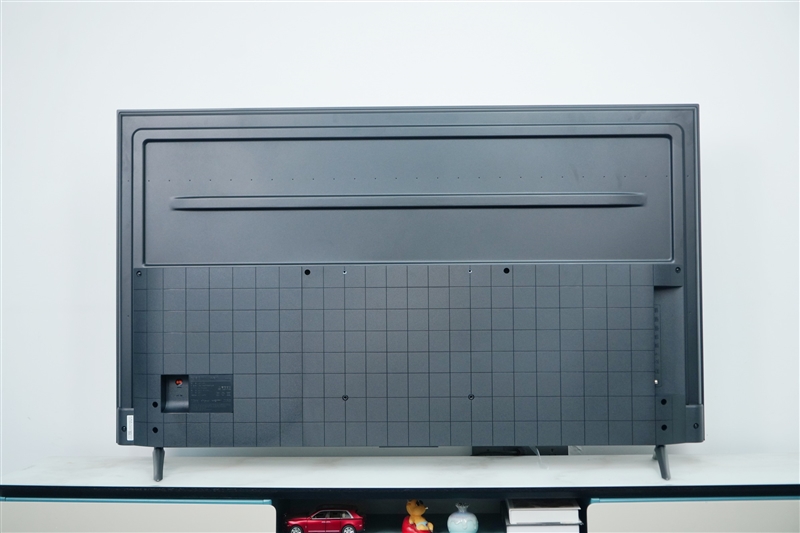
HDMI 2.0, HDMI 2.1 (eARC), HDMI 2.1, USB 3.0, USB 2.0, AV in, Optical fiber, RJ45 network port, and an antenna interface.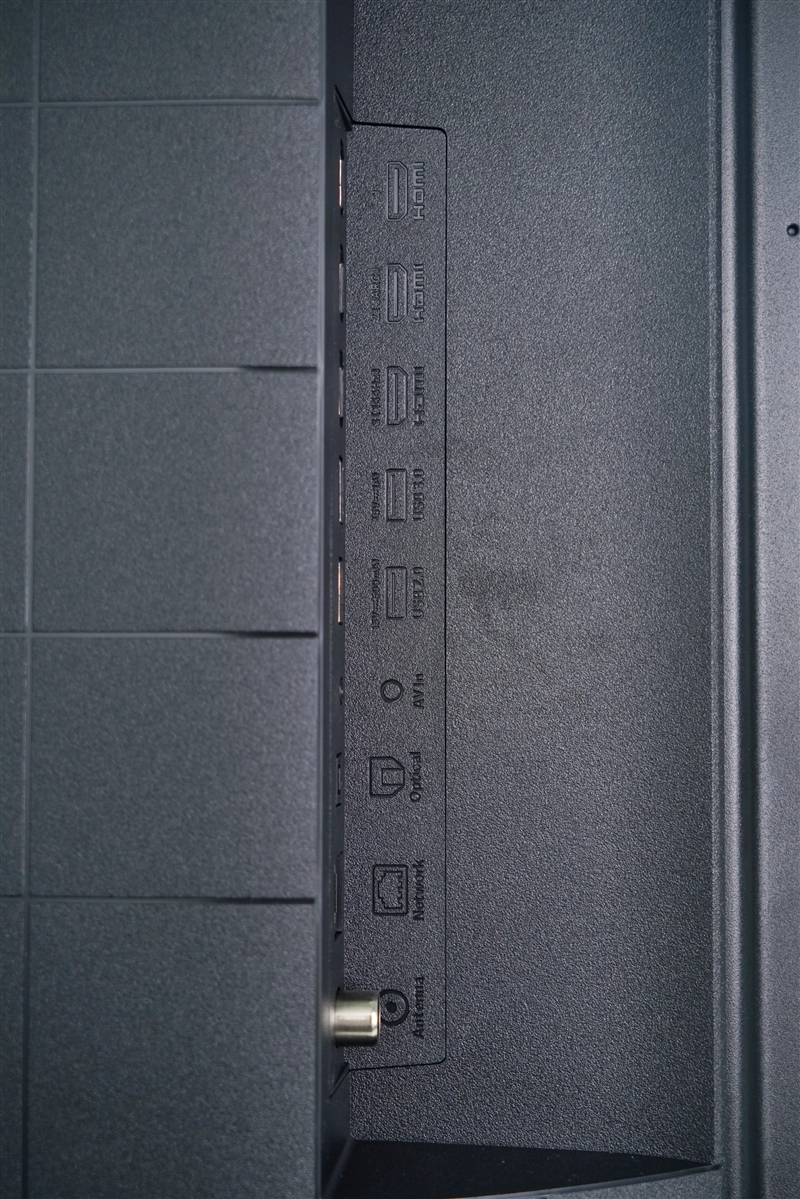
Let’s talk about the HDMI 2.0 (eARC) port. In addition to accepting video and audio signals, it can also transmit TV source audio signals to external power amplifiers or audio devices that support related technologies. You can use this interface to connect various external power amplifiers and sound bars.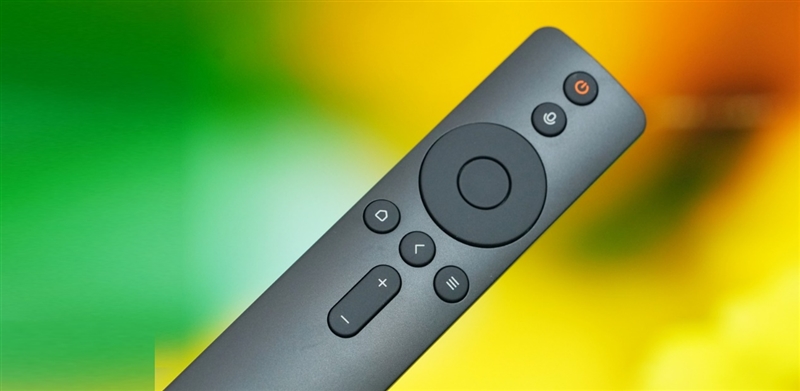
The sound system of the TV is designed at the bottom, with a total power of about 25W. In the middle of the bottom is the power button. The overall layout of the NFC Bluetooth voice remote control is consistent with previous Xiaomi TV remote controls.
Screen Test
1. Color gamut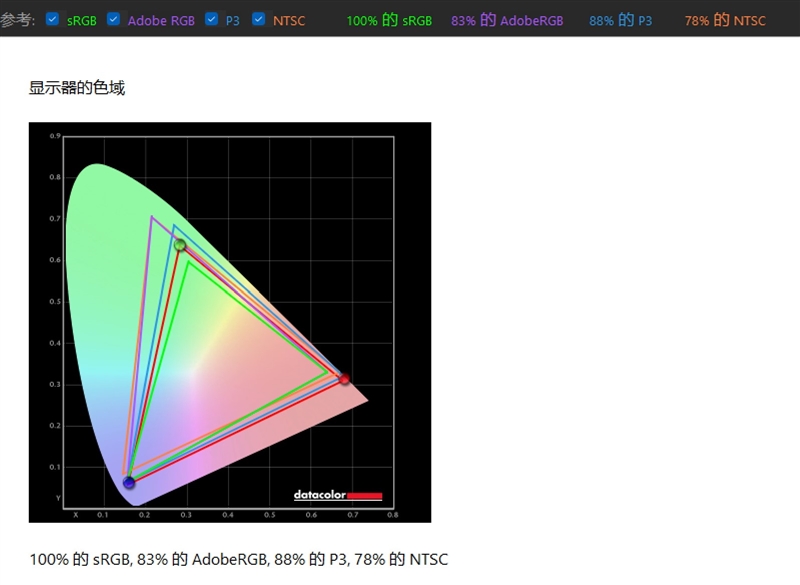
The measured 100% sRGB color gamut, 83% RGB color gamut, and 88% DCI-P3 color gamut coverage.
In the measured SDR mode, the maximum brightness is 612 units, the contrast ratio is about 11000:1, and the white point color temperature is about 7000.
2. Delay test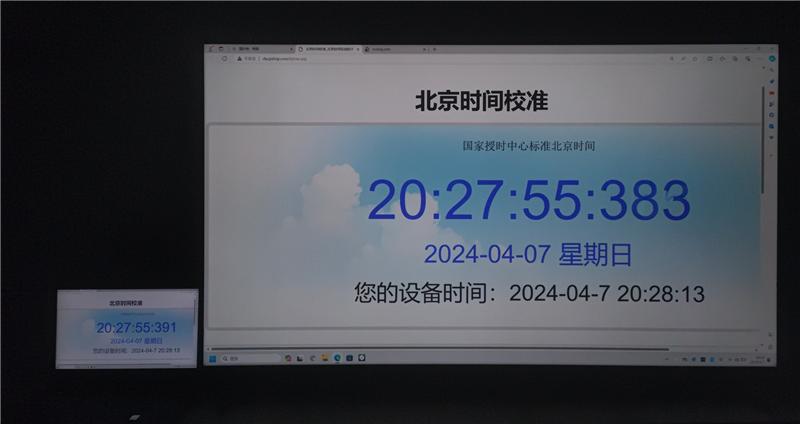
The TV is set to monitor mode with a refresh rate of 120Hz.
We have tested it many times and found that the display delay of Xiaomi TV S65 Mini LED is in the range of 7~8ms. This is surprising. I didn’t expect that a TV worth more than 3,000 yuan could perform like this.
HDR image quality experience
Xiaomi TV S65 Mini LED has excellent black control capabilities. After all, with a static contrast ratio of 10000:1, black almost does not emit light.
Generally speaking, the HDR brightness of the Xiaomi TV S65 Mini LED is not as good as that of the S Pro Mini LED series, but at the price of 3,000 yuan, it has no rival.
Verdict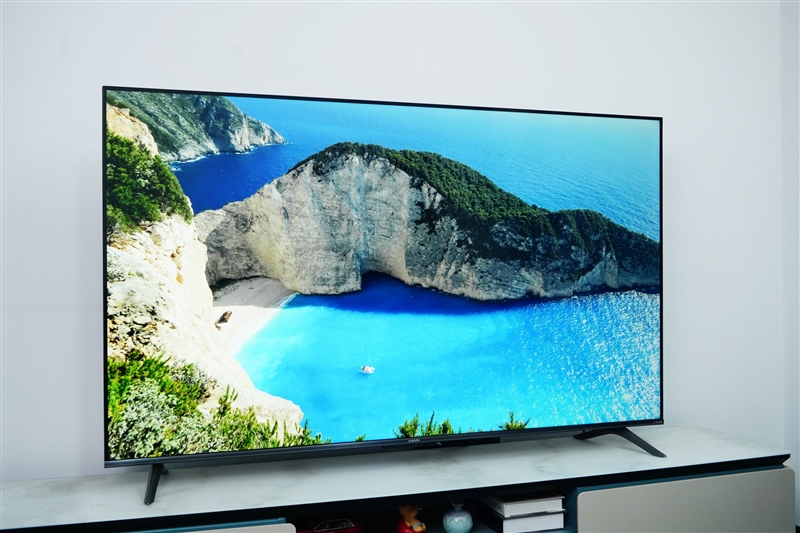
In addition to the reduction in peak brightness andthe number of backlight partitions compared to the high-end S Pro Mini LED, the Xiaomi TV S65 Mini LED is not stingy at all in terms of other required technologies.
The most surprising thing is the display delay on the TV. Most Android TVs can achieve a delay of about 40ms, and high-end models can achieve 10~20ms.
We have tested the Xiaomi TV S65 Mini LED many times, and the display delay is within 10ms, which is the same as a monitor.
Coupled with VRR adaptive frame rate, FreeSync Premium anti-tearing technology, and 144Hz high refresh rate, this is a TV that is very suitable for playing games.
After years of technological accumulation, Xiaomi TV has also significantly improved its black control capabilities. According to our actual measurement data, Xiaomi TV S65 Mini LED has a brightness of only 0.05nit when displaying black at 100% brightness, and a contrast ratio of up to 11000:1, far exceeding the 5000:1 contrast ratio that VA soft screens are proud of.
In SDR mode, the 100% window brightness can reach 612nit. This number is not much worse than S Pro Mini LED, but it is more than one level better than other TVs priced at 3,000 yuan.
Mini LED, 600nit typical brightness, 1200nit peak brightness, 10000:1 static contrast ratio, 144Hz high brush, 8ms display delay, 2 HDMI 2.1 interfaces, two years ago, these were specifications that only high-end TVs had. Except for the Xiaomi TV S65 Mini LED, there is no other TV that meets the above conditions at the same price. At the price of 3,000 yuan, the Xiaomi TV S65 Mini LED is invincible.
Of course, after Xiaomi has fired the first shot, I believe more manufacturers will follow up, which is also a good thing for consumers.
Today is the era of large-screen TVs, and 65-inch TVs are more suitable for the bedroom. If you want to experience the home theater effect in your living room, it is recommended that you choose a model above 75 inches.
Read Also: Xiaomi TV S 85 Mini LED released: Mini LED TV popularity storm at 5,999 yuan, $833










